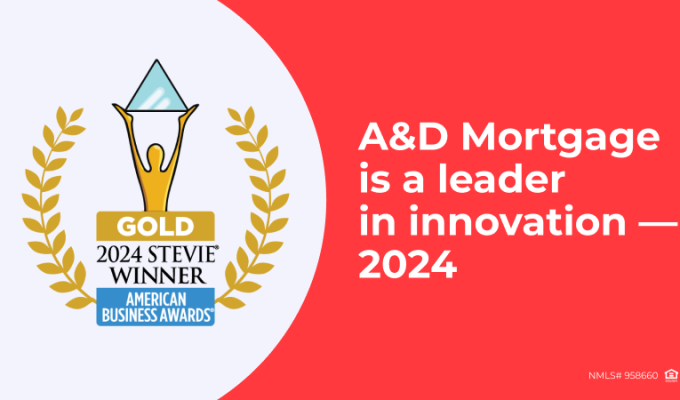Non-QM Sector Expected To Have A Banner Year In 2022

Despite the lingering pandemic and industry predictions to the contrary, the entire residential mortgage sector exceeded expectations in 2021, including the Non-QM lending space. There has been a dramatic surge in Non-QM originations and that trend is expected to continue in 2022. Furthermore, rates on Conventional loans are still expected to rise, increasing the difficulties to qualify for GSE loans. And, as those rates approach or exceed Non-QM rates, then other Non-QM financing options, such as those backed by alternative income documentation programs, become a preferred solution.
Decline in Refinance
Over the past two years, consumer demand for mortgages increased substantially, primarily due to record low-interest rates that have made refinancing attractive. However, it is anticipated that interest rates will rise in 2022, effectively cooling off the refinances.
According to the Mortgage Bankers Association’s outlook for next year, the refinance market is expected to decrease 62%, from a peak of $2.26 trillion down to $860 billion.
Though a decline in refinance originations would negatively impact the Conventional loan market, it is likely to be advantageous for the Non-QM sector. Brokers who have previously benefited from the strong consumer demand for refinance loans will have to look elsewhere to compensate for the market’s slide, and Non-QM loans will definitely be a part of that mix.
Impactful Market Factors
There are several other market factors that could also positively impact the Non-QM sector, including a housing supply shortage.
Like many industries across the country, the construction industry has been hit hard by supply chain disruptions, resulting in a lack of building materials. Qualified laborers have also been in short supply. These adverse circumstances have caused a shortage of existing homes, by as much as 4-5 million units.
This reduction in housing inventory means that the Fix and Flip market is likely to thrive for the foreseeable future, and Non-QM loans are especially appealing to housing investors, developers, and rehabbers.
Additionally, home prices are up nationwide. According to a Mortgage Bankers Association survey, the average price of a new home loan reached $412,000 in October, a record high. This increase in home prices is expected to cause the Government Sponsored Enterprises (GSE) to raise their conforming loan limits. However, it is anticipated that the GSEs will not raise the loan limits high enough, prompting the Jumbo loan category to expand, which is good for the Non-QM market. Non-QM Jumbo loans allow borrowers to purchase homes that have been priced too high to qualify for an agency loan.
There is also a shortage of rental properties, which are in high demand since rising home prices have squeezed some buyers out of the market, and that should increase demand for investor properties, again a big part of Non-QM.
Finally, the number of self-employed people in the workforce is rising, and Non-QM loans are better suited to fit the needs of those borrowers.
Consensus of Confidence
According to market analyst, S&P Global, data shows that the demand for Non-QM lending is at an all-time high, and some analysts are predicting that it could double its market share in 2022, from about 5% in 2021 to nearly 10%.
For mortgage loan originators, there is no better time to grow your business and increase your volume utilizing Non-QM loans. And there is no better company than A&D Mortgage to help you prosper in this market.
For more information about A&D Mortgage, visit www.admortgage.com.





